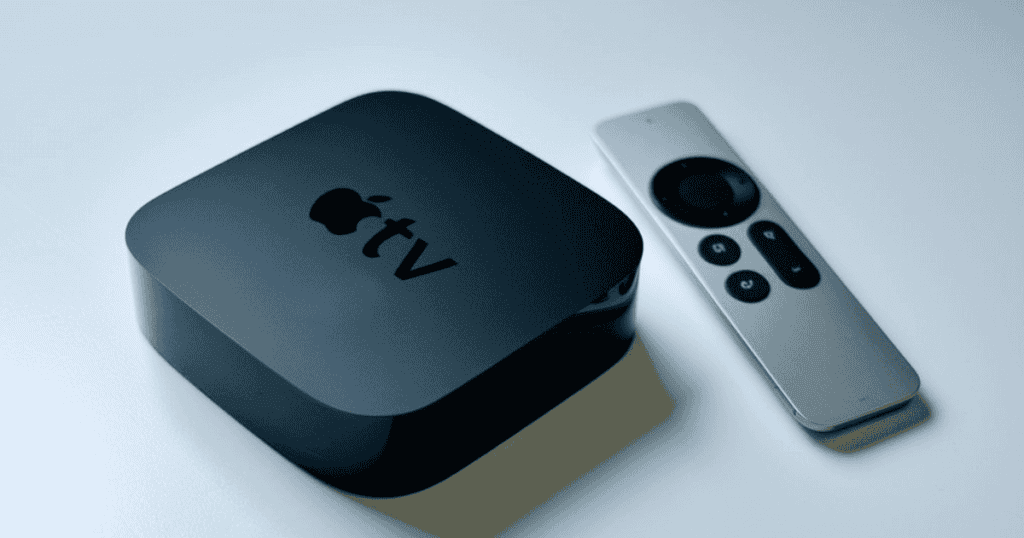As we enter 2024, the Apple TV lineup remains largely the same, with no new hardware releases planned for this year. Apple is instead concentrating on enhancing its existing models, including the Apple TV 4K and Apple TV HD. However, rumors and speculation regarding a potential 2025 release of a new model are ramping up, hinting at innovations like the A17 Bionic chip and a redesigned form factor. These expected upgrades could have a significant impact on Apple’s position in the competitive streaming market.
Current Apple TV Models
Apple’s current lineup is centered on two main models:
- Apple TV 4K (3rd Gen): Released in 2022, this high-performance model is powered by the A15 Bionic chip and offers HDR10+ support, a 4K resolution, and immersive audio. It is ideal for users seeking top-tier streaming and gaming experiences.
- Apple TV HD: As the budget-friendly option, this model offers standard HD streaming and covers basic entertainment needs, making it accessible for those looking for simplicity and cost-effectiveness.
Pricing for the Apple TV 4K starts at $129 for the 64GB variant, with an upgrade to 128GB available for $149. The focus remains on delivering premium quality, particularly with the 4K model, which appeals to users who prioritize performance and advanced features.
No New Model for 2024
While many hoped for a new Apple TV model in 2024, Apple has confirmed that no hardware upgrades are planned for this year. This decision is likely influenced by ongoing global chip shortages and market dynamics, which have prompted Apple to concentrate on software improvements rather than introducing a new device.
In this strategic pause, Apple aims to enhance the functionality and user experience of existing models, likely through software updates. As a result, Apple enthusiasts may have to wait until 2025 to see the next iteration of Apple TV.
Rumored Features for the 2025 Apple TV
Speculation about a 2025 release includes several potential upgrades, including:
- A17 Bionic Chip: This next-gen chip is expected to enhance processing power, significantly boosting performance for both streaming and gaming. The A17 would also improve energy efficiency, reducing power consumption while delivering superior visuals.
- Gaming Capabilities: Apple’s potential pivot toward gaming is a major point of interest. Enhanced graphics support and advanced processing would allow the Apple TV to handle more demanding games, positioning it as a competitor in the casual gaming space.
- Virtual and Augmented Reality: Rumors suggest the new Apple TV could integrate AR and VR capabilities, opening up possibilities for interactive content and a more immersive experience beyond standard streaming.
- Redesigned Siri Remote with USB-C: A refreshed remote design featuring a USB-C port is expected to make charging more convenient and align with Apple’s broader transition to USB-C across devices.
Design and Hardware Innovations
In addition to performance improvements, Apple appears to be emphasizing sustainability and user-friendly design:
- Eco-Friendly Design: Apple may shift toward using recycled materials for the new Apple TV, reinforcing its commitment to sustainability and reducing environmental impact.
- Compact, Silent Operation: A new, streamlined form factor is anticipated, offering a more compact design without a fan, which would ensure quiet operation and an unobtrusive presence in the home.
- Enhanced Storage Options: To meet the growing demand for content storage, Apple could expand storage beyond the current 128GB limit, providing more space for apps, games, and media.
Software Enhancements and the Apple Ecosystem
As Apple introduces new hardware, software enhancements through tvOS are expected to further integrate Apple TV into the broader Apple ecosystem:
- tvOS 17: The forthcoming tvOS update is anticipated to introduce FaceTime capabilities, allowing users to make video calls directly on their TV. This could redefine living room interactions and enhance family connectivity.
- Unified Apple TV App: The app is set to offer streamlined access to various streaming services, live sports, and on-demand content, making it easier to navigate the vast content library.
- Improved AirPlay Functionality: Enhanced AirPlay support will make it even simpler to cast content from Apple devices, providing a seamless and interconnected user experience.
- HomeKit Compatibility: Deeper integration with HomeKit will allow users to control smart home devices directly from their Apple TV, positioning it as a hub for home automation.
Pricing Expectations for 2025
With an anticipated starting price of around $99, the 2025 Apple TV model could represent a more competitive offering in the streaming device market:
- Affordable Starting Price: Analysts expect the new model to enter the market at a lower price point, making it more accessible and positioning it against low-cost competitors like Amazon’s Fire TV and Roku.
- Potential Price Adjustments for Older Models: Apple may reduce prices on existing models, particularly the Apple TV HD, to appeal to budget-conscious consumers and broaden its market reach.
Apple’s pricing strategy will be crucial in determining its competitive standing. An affordable yet feature-rich Apple TV could attract new users and challenge other established players in the streaming market.
The Future of Apple TV: A Look Ahead
With no new model on the horizon for 2024, anticipation is building for what’s to come in 2025. The potential enhancements in performance, design, and ecosystem integration suggest that Apple TV is evolving to meet the demands of a rapidly changing streaming landscape. Key features expected include:
- Faster processing with the A17 chip for enhanced performance
- Innovative gaming capabilities to compete in the casual gaming space
- A sleek, eco-friendly design with updated storage options
By prioritizing both hardware and software, Apple aims to solidify its position in the smart TV and streaming device markets. As technology advances and consumer preferences shift, Apple’s strategic moves in the Apple TV lineup will likely play a pivotal role in shaping the future of home entertainment.




